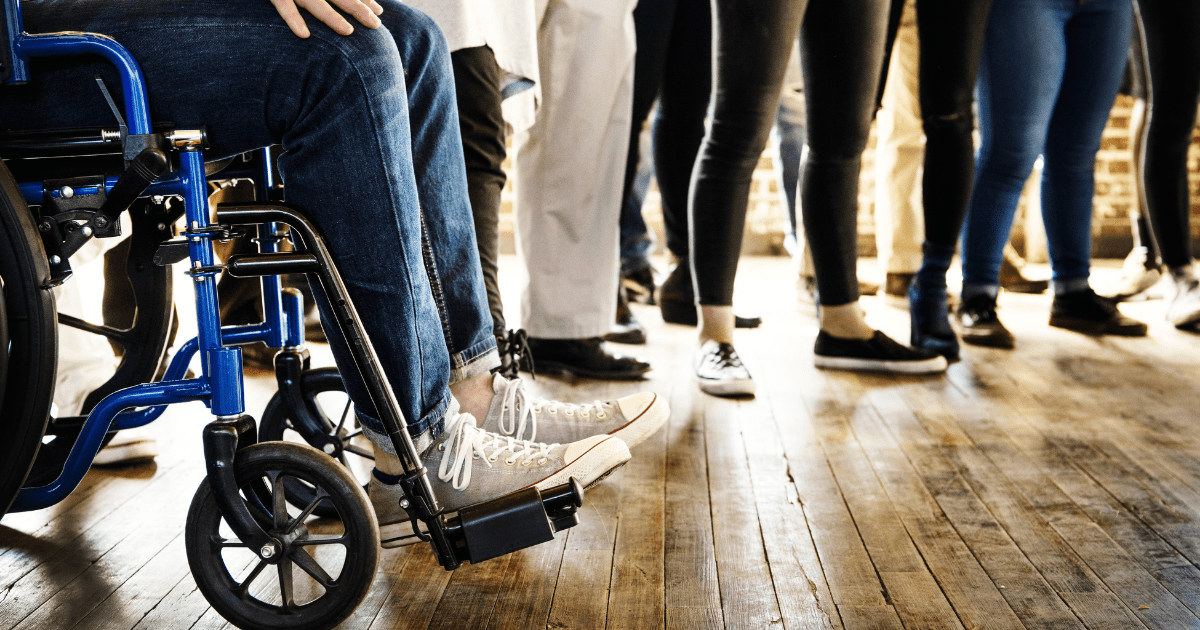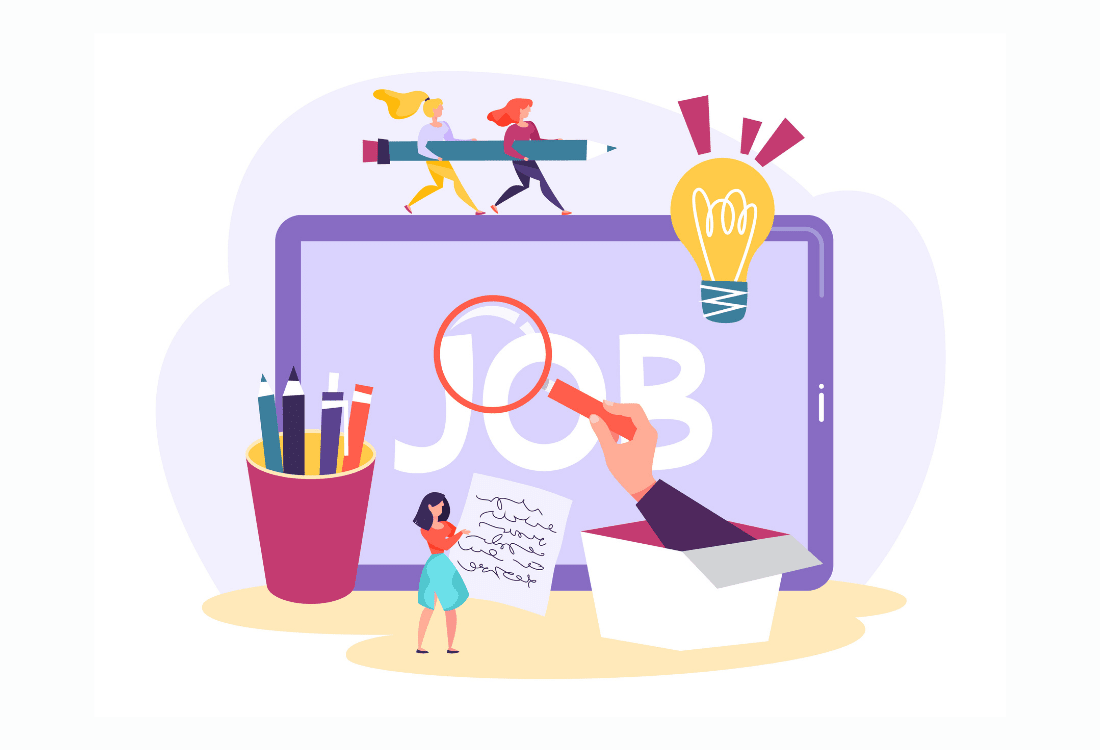Tips on Becoming an Accessibility Advocate
 Written by: Jalesa Martin, MSc Candidate, Health and Rehabilitation Sciences
Written by: Jalesa Martin, MSc Candidate, Health and Rehabilitation Sciences
Photo by: rawpixel.com on Adobe Stock
1. Listen and trust what people tell you.
It is extremely important not to assume what individuals with disabilities need, while it’s important to note that they may not all want the same types of support. It is not your job to be selective in how you listen to individuals with disabilities or how you support them.
2. Don’t assume how people feel solely based on how they look.
A common misconception that people with invisible illnesses face is the phrase “you don’t look sick”. In most cases, this is because the disease often presents itself in symptoms that are not recognizable to the outside world. It is important to not make assumptions based on how people look in this context, or how individuals’ disabilities may appear.
3. You won’t always know the answers. But take time to listen to those who have lived experience and DO know the answers.
Sometimes it’s easy to feel pressured to know all of the answers when advocating with individuals with disabilities, or even yourself if you live with a disability. It’s important to note that one of the best things to do is to speak with individuals about their lived experiences and often do know the answers to some of the questions you have.
4. People with disabilities are first and foremost PEOPLE.
It can be easy to focus on the issue that you are advocating for and often forget the experiences and challenges of the people who are experiencing it firsthand. Get to know the people that you are advocating with and for as PEOPLE first – as opposed to just focusing on their disability.
5. Understand that not everyone may feel comfortable talking about their disability.
In some cases, it can be easy to assume that you need all of the information about a disability in order to be an advocate. However, this is not always the case. When it comes to talking about disability, some individuals may feel burdened when they are tasked with explaining or justifying every aspect of their disability and why they need accessible support.
6. Recognize that inaccessible spaces is still a huge problem.
It’s easy to think that we’ve come far with things such as elevators and technologies that make spaces accessible. However, we still have a long way to go. Accessible spaces should not only be limited to one stall in a bathroom, or one seat in a large classroom. It should be integrated into the planning of spaces to ensure accessibility is not an afterthought.
7. Acknowledge that accessibility isn’t just a problem when you are thinking about – but something that people with disabilities have to plan for and worry about in all aspects of their daily life.
Accessibility is not something that can be forgotten about occasionally for people with disabilities. Accessibility is often the main thought when navigating spaces for people with disabilities. It is important to remember that advocacy should not be inconsistent, but acknowledge the permanent nature of disability.
8. There are many different types of disabilities. Even for individuals with the same disability can experience it in vastly different ways.
It is important to recognize that no two people experience disability in the same way. Do not assume that just because an individual with a disability expresses certain frustrations or needs certain supports, that another individual with the same disability will be the same.
9. Language matters.
The two most discussed options are “people with disabilities” or “disabled people”. This preference changes based on the individual, and is very important considering how they define themselves in relation to their disability. All you have to do is ask!
Check out more accessibility-related content!

10 Things I Wish I Knew About Accessibility Before Going to Western
Want to know more about accessibility at Western? Give this a read!

Autism and The Job Market
Moving forward, accessible hiring needs to become a routine practice so everyone has an opportunity to thrive.
Published on

